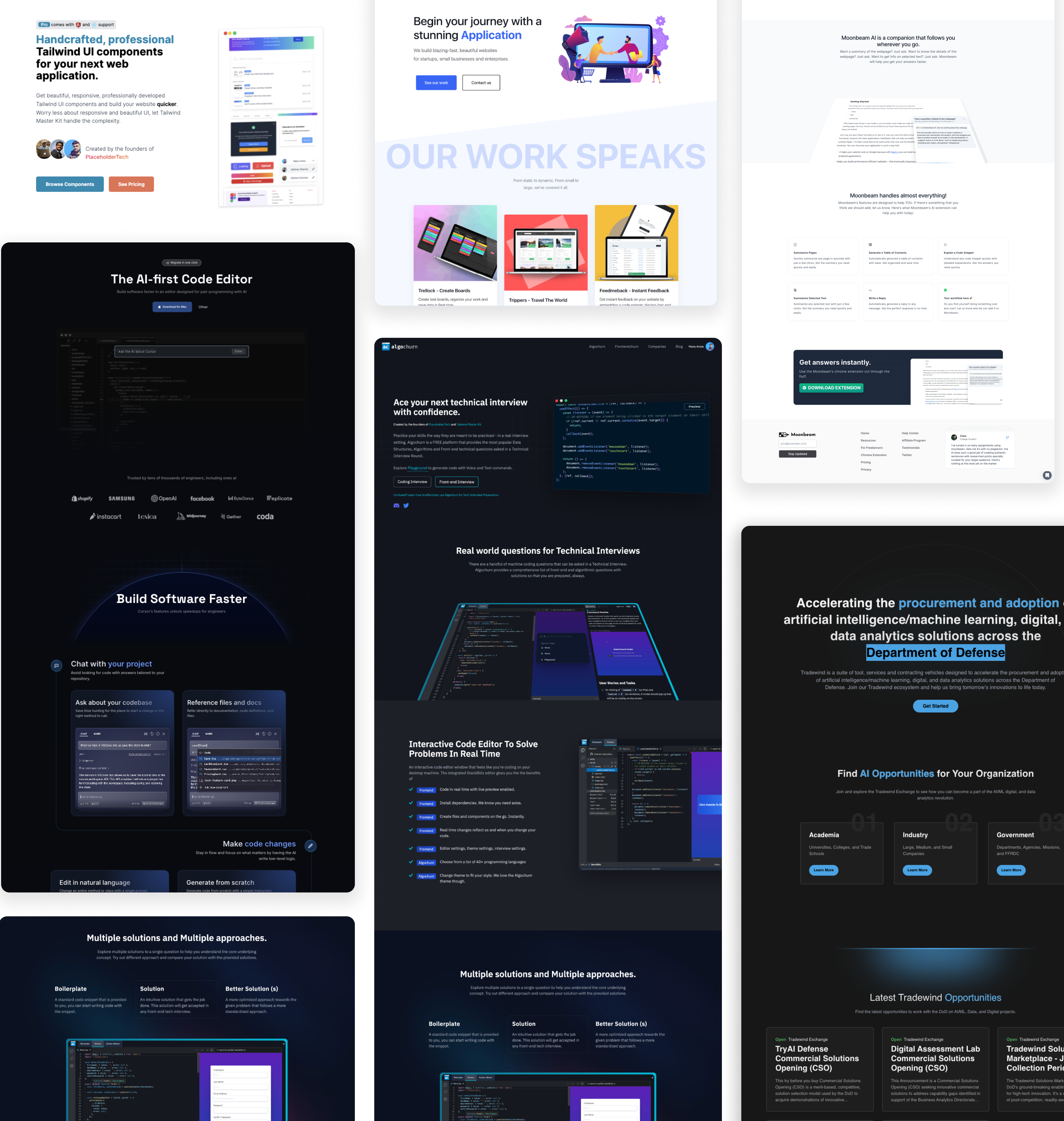
What is Google Lighthouse And How Can It Measure Performance
Google Lighthouse is an open-source auditing tool developed by Google that helps web developers measure the performance of their website. It offers a comprehensive set of features which allow web developers to audit their websites for performance, accessibility, SEO, and more. This blog will provide an overview of its features, benefits, and tips for optimizing performance when using Google Lighthouse.
Overview of its Features
Google Lighthouse offers a number of features that can help web developers measure and improve the performance of their website:
- Performance audits: Google Lighthouse measures page loading times and other performance metrics, allowing web developers to identify and address any potential issues.
- Accessibility audits: Lighthouse can help web developers make sure their sites are accessible to everyone, regardless of ability or device.
- Best Practices audits: Lighthouse audits a website's code for best practices and offers feedback on how to improve them.
- SEO audits: Lighthouse can audit a website’s SEO elements and provides feedback on ways to improve them, resulting in better search engine rankings.
- Progressive Web App audits: Lighthouse can also audit website for PWAs (Progressive Web Apps), which are web applications that look and feel like native mobile apps.
Benefits of Using Google Lighthouse
Using Google Lighthouse can provide many benefits to web developers, including:
- Increased website performance: Lighthouse measures page loading times and other performance metrics, allowing web developers to identify and address any potential issues.
- Increased website accessibility: Lighthouse can help web developers make sure their sites are accessible to everyone, regardless of ability or device.
- Improved SEO rankings: Lighthouse audits a website's SEO elements and provides feedback on ways to improve them, resulting in better search engine rankings.
How Does Google Lighthouse Measure Performance?
Google Lighthouse measures website performance in several ways:
- How it audits websites: Google Lighthouse uses automated testing and scoring to measure the performance of websites across multiple metrics.
- Automated testing & scoring: Lighthouse tests websites against best practices, accessibility guidelines, and performance metrics to generate a score that reflects the overall quality of the site.
- Performance metrics: Lighthouse measures page loading times, resource usage, code size, and more, providing web developers with detailed feedback on how to improve their website’s performance.
Tips for Optimizing Performance with Google Lighthouse
There are several steps web developers can take to optimize the performance of their website when using Google Lighthouse:
- Use of progressive web apps: Progressive web apps (PWAs) can help improve page loading times and enhance user experience.
- Utilize browser caching: Browser caching allows browsers to store frequently used resources on the user’s device, eliminating the need to reload them each time they visit the site.
- Minimize render-blocking resources: Render-blocking resources can cause pages to load slowly, so it is important to minimize them as much as possible.
How to check the lighthouse score of your website
- Install the Lighthouse Chrome extension: This allows you to quickly assess the performance of your website without having to manually analyze different metrics. You can download the extension from the Chrome Web Store and install it in just a few clicks. After installation, make sure that it is enabled in your browser settings so that you can use its features on any web page.
- Run an audit: Once installed, open up a webpage and click on the Lighthouse button in Chrome’s toolbar to begin an audit. The results will be displayed in a report that shows various performance metrics such as page loading times, resource usage (CPU & memory), code size (JavaScript & CSS), network requests, number of resources being loaded, opportunities for optimization and more which are useful indicators of how well optimized your website is for speed and performance across different browsers and devices.
- Analyze the results: Carefully review each metric reported by Lighthouse to identify areas where improvements could be made or potential issues need addressing such as outdated libraries or plugins leading to slow-loading pages or too many redirects impacting site speed etc. Utilize best practice methods like minifying assets or using caching mechanisms when possible for maximum efficiency gains before running another test with new changes implemented to compare scores against previous ones if needed – this way you can monitor progress over time until desired performance levels have been reached
Conclusion
Google Lighthouse is a powerful tool for web developers looking to measure and improve the performance of their website. It offers comprehensive auditing features and detailed feedback on how to optimize websites for performance, accessibility, SEO, and more. We encourage web developers interested in measuring their website performance to use Google Lighthouse.
posted by Manu Arora










